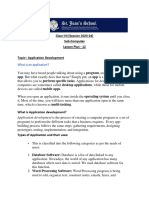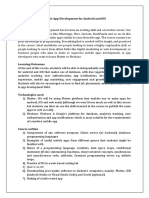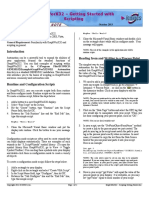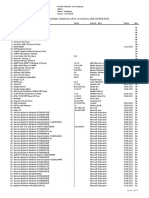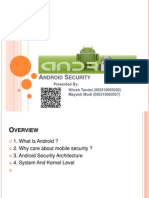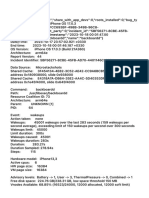0% found this document useful (0 votes)
1K views4 pagesClass 8 - APP DEVELOPMENT
The document provides an overview of app development, explaining what apps are, their importance, and how they function. It outlines different types of apps, including native, web, and hybrid apps, and details the steps involved in developing a simple app. The conclusion emphasizes the significance of apps in modern life and encourages readers to start learning app development through practical projects.
Uploaded by
NCS DelhiCopyright
© © All Rights Reserved
We take content rights seriously. If you suspect this is your content, claim it here.
Available Formats
Download as DOCX, PDF, TXT or read online on Scribd
0% found this document useful (0 votes)
1K views4 pagesClass 8 - APP DEVELOPMENT
The document provides an overview of app development, explaining what apps are, their importance, and how they function. It outlines different types of apps, including native, web, and hybrid apps, and details the steps involved in developing a simple app. The conclusion emphasizes the significance of apps in modern life and encourages readers to start learning app development through practical projects.
Uploaded by
NCS DelhiCopyright
© © All Rights Reserved
We take content rights seriously. If you suspect this is your content, claim it here.
Available Formats
Download as DOCX, PDF, TXT or read online on Scribd
/ 4





















